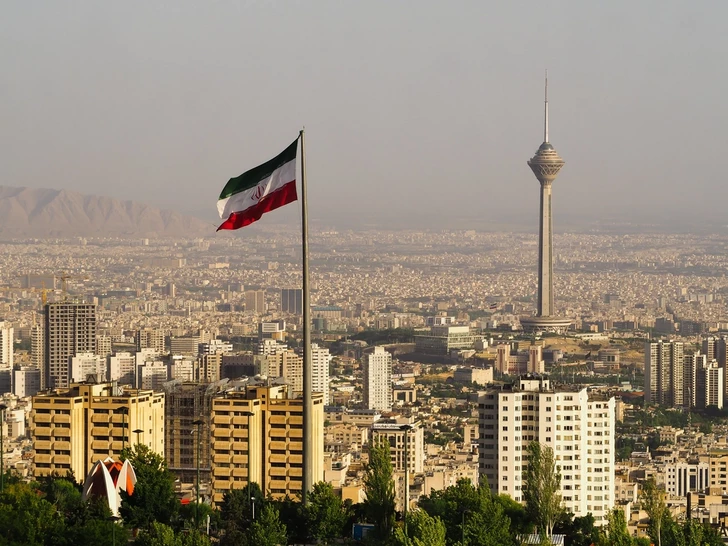Iran is facing a severe water shortage—rivers and reservoirs have dried up. Authorities are contemplating relocating the capital, as reported by the Telegram channel “BILD in Russian.”
Government spokesperson Fatemeh Mohajerani described the water scarcity as a “national issue” that could escalate into a humanitarian and economic catastrophe. She stated, “The water situation in Tehran is very bad, so we are forced to consider shutting down the capital for a week.”
By “shutting down,” it is meant that public institutions, universities, and schools will cease operations. According to Iran’s official news agency Irna, the government is considering “unconventional solutions.” One proposal is to shorten the workweek to four days and, where possible, transition people to remote work. This is aimed at saving water and electricity.
The issue affects almost the entire country. According to experts, 80% of reservoirs are nearly empty. Normal water supply will be impossible for the next two months, with rainfall only replenishing reserves in the fall.

Last week, authorities in Tehran and 50 other cities imposed water restrictions—outages lasting between 12 and 48 hours. As a result, many residents of the country have moved to the north, towards the Caspian Sea, where there is no water shortage.
The severity of the situation is underscored by a statement from President Masoud Pezeshkian, who did not rule out relocating the capital to another city: “There is truly no more water in Tehran.”
The population of the Iranian capital is over 14 million.
The crisis is attributed to years of drought and the ecological policies of the Islamist dictatorship, which ignored the water supply issue. Instead of investing in infrastructure, the authorities focused on creating and arming terrorist organizations in the Middle East, concludes the editorial of BILD.




